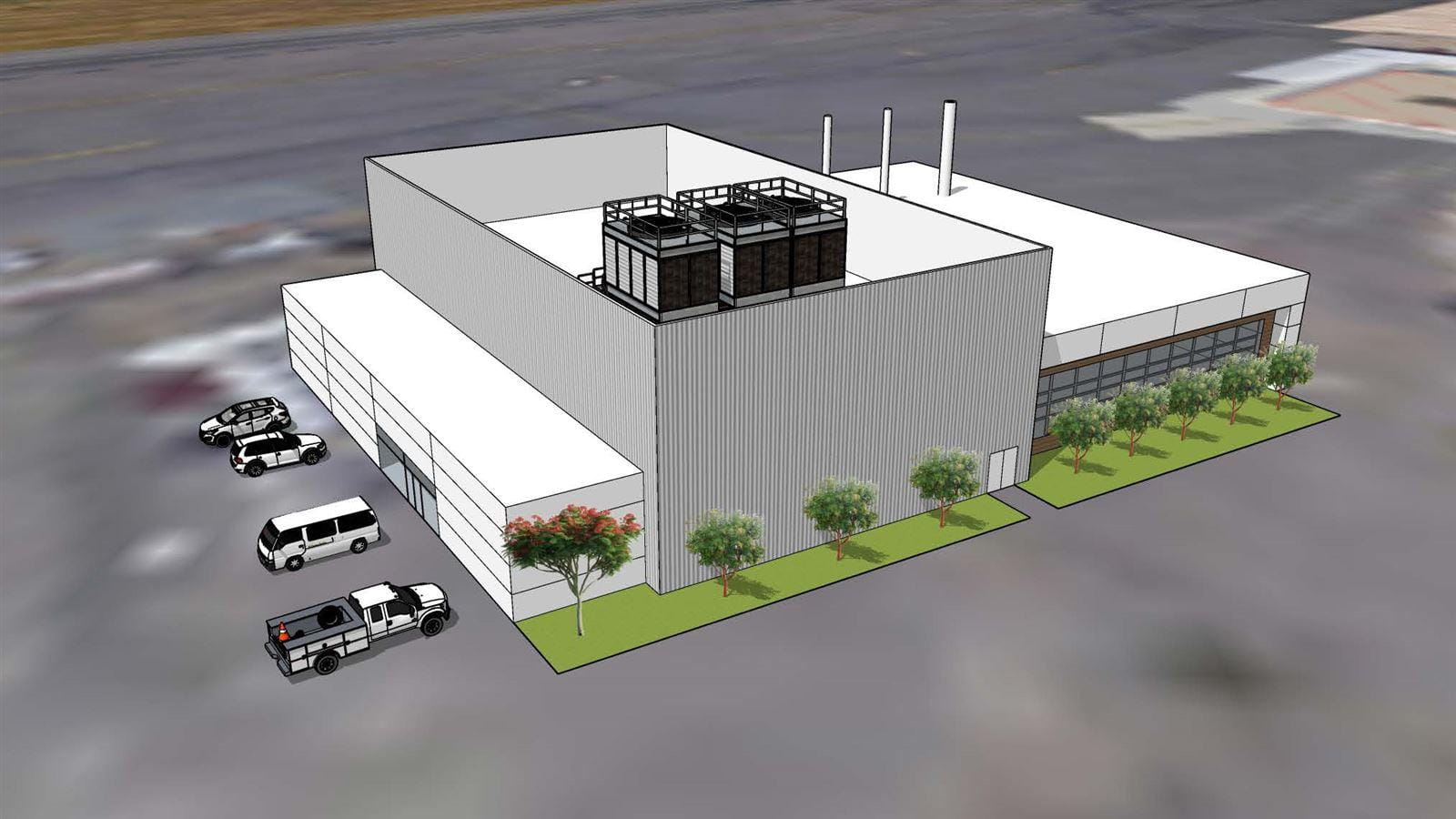Connecticut Airports Plan for Renewable Future
Like similar airports around the country, Bradley International and its sister airports are major drivers of economic activity, not only for the surrounding community of Windsor Locks but for the entire State of Connecticut. At Bradley alone, there are nearly 100 buildings on 2,400 acres (passenger terminals, hangars, warehouses, cargo processing facilities, equipment storage garages, firefighting facilities, maintenance facilities, parking garages). With a rising trend in annual enplanements, there has never been a better time for CAA to rethink its energy master plan.
The CAA has been working with experts at CDM Smith to evaluate the Bradley Airport Energy Center, with the goal of achieving an economically beneficial and resilient energy future. Operational since 2002, the standing Combined Heat and Power unit has been running off natural gas. The CDM Smith evaluation considered renewable energy sources like solar, as well as and other improvements to airport resiliency.
CDM Smith developed an energy master plan to evaluate multiple options for the airport’s energy future. In one option, the existing Energy Center received new equipment to support the airport expansion. The second option was to construct a new Energy Center, with the option to incorporate renewable energy components, such as solar photovoltaic panels.
Energy conservation through improved efficiencies and the use of renewable energy will allow the CAA to reduce its air emissions, minimize its environmental impact, and reduce the cost of operations. Throughout the development of the plan, careful consideration was given to space, operations, and connection to the local utility system.
CDM Smith has provided conceptual designs for a new 16,000 square-foot Energy Center and is currently completing an electrical system evaluation project that is capturing and developing a complete set of electrical system documentation, and also running system models to ensure current and future system stability.

By always learning and doing something new, I can better identify solutions to our clients' challenges.










